Spice Up Your Life with Spanish Sofrito: A Global Flavor Foundation
Table of Contents
- What Exactly Is Spanish Sofrito?
- The Holy Trinity and Beyond: Key Ingredients
- Cooking Like a Pro: Techniques That Make All the Difference
- 5 Essential Tips for Mastering Spanish Sofrito
- From Spain to Your Plate: How Sofrito Travels Globally
- The Science Behind the Sizzle: Why Sofrito Works So Well
- Creative Ways to Use Sofrito Beyond the Obvious
- Common Mistakes and How to Avoid Them
What Exactly Is Spanish Sofrito?
If you've ever wondered how Spanish dishes get that rich, deep flavor that just lingers on your tongue like a warm hug from your abuela, chances are it's thanks to sofrito. This humble base is the unsung hero of Spanish cuisine — and honestly, global cuisine at large.
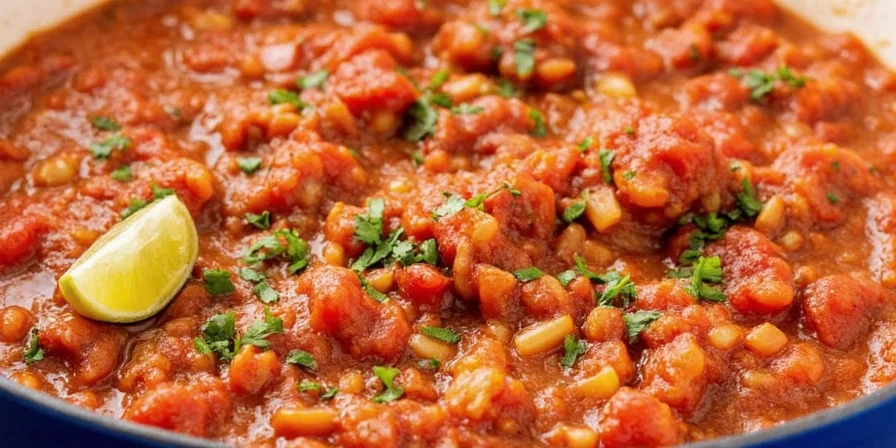
In Spain, sofrito isn't just a cooking technique; it's a cultural cornerstone. It starts with slowly sautéing aromatics in olive oil until they break down into a fragrant paste. But don't let its simplicity fool you — this little mixture can pack a serious punch.
The Holy Trinity and Beyond: Key Ingredients
Traditional Spanish sofrito consists of:
- Onions
- Garlic
- Tomatoes
- Olive oil (extra virgin, please)
- Optional: Bell peppers or pimientos de padrón
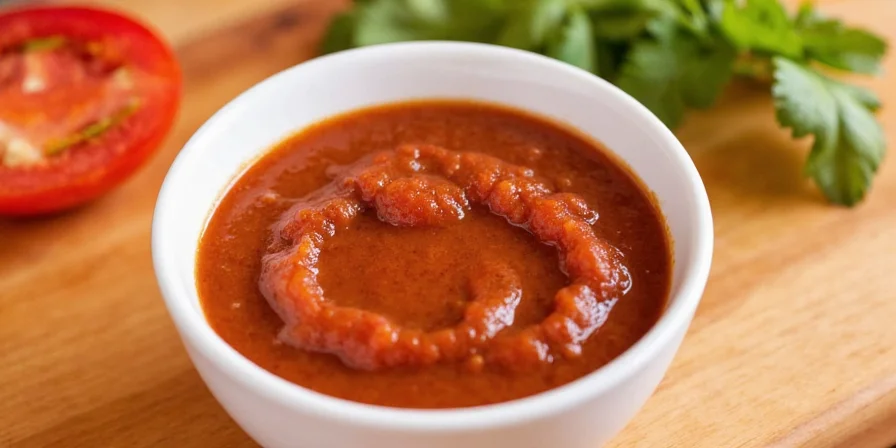
But here’s where it gets spicy: depending on the region or family tradition, you might also see smoked paprika (pimentón), sherry vinegar, saffron, or even almonds getting in on the action.
| Ingredient | Flavor Role | Texture Contribution |
|---|---|---|
| Onion | Sweetness & depth | Bulk & moisture |
| Garlic | Pungency & aroma | Subtle crunch when undercooked |
| Tomato | Acidity & umami | Thickening agent |
| Olive Oil | Base & fat-soluble flavor carrier | Smooth mouthfeel |
Cooking Like a Pro: Techniques That Make All the Difference
Spanish sofrito isn’t about speed — it’s about patience and precision. Here’s the golden rule:
"Low and slow wins the sofrito race."
You're not frying; you're coaxing flavors out through gentle heat. Let’s talk numbers:
- Cooking time: 30–60 minutes
- Heat level: Low to medium-low
- Stirring frequency: Every few minutes, then more frequently as it thickens

5 Essential Tips for Mastering Spanish Sofrito
Ready to become a sofrito sensei? Here’s how to elevate your game:
- Start with quality olive oil. Don’t skimp here — this is the foundation of your flavor!
- Chop your onions finely. Small pieces = more surface area = more flavor extraction.
- Add garlic later than you think. Garlic burns fast — toss it in after the onions start softening.
- Taste as you go. Adjust seasoning and acidity with a splash of vinegar or lemon juice if needed.
- Freeze extra batches. Make a big batch and freeze in ice cube trays for quick flavor bombs later.

From Spain to Your Plate: How Sofrito Travels Globally
While the Spanish version may be the OG, sofrito has cousins all over the world. Think of it as the global spice ambassador:
| Cuisine | Key Ingredients | Distinguishing Feature |
|---|---|---|
| Spanish | Onion, garlic, tomato, olive oil | Slow-cooked paste, sometimes with paprika |
| Italian | Garlic, chili flakes, parsley | Dry base, often used as a finishing layer |
| Caribbean | Onion, bell pepper, culantro | Freshly chopped, uncooked base |
| Mexican | Tomatillo, chilies, tomatoes | Rosado (red) or verde (green), often roasted |
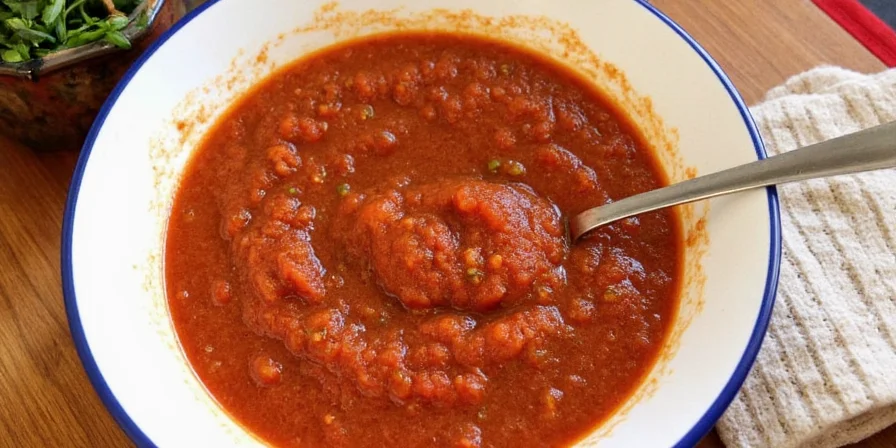
The Science Behind the Sizzle: Why Sofrito Works So Well
Let’s geek out for a second — because there’s some real chemistry magic happening here.
- Maillard Reaction: That golden color comes from amino acids and sugars reacting — creating complex flavor compounds.
- Caramelization: Onions naturally sweeten as their sugars concentrate during long cooking.
- Lycopene Release: Cooking tomatoes releases lycopene, a powerful antioxidant that boosts both color and flavor.
- Oil as a Flavor Carrier: Fat-soluble compounds like pimentón dissolve into olive oil, enhancing depth.
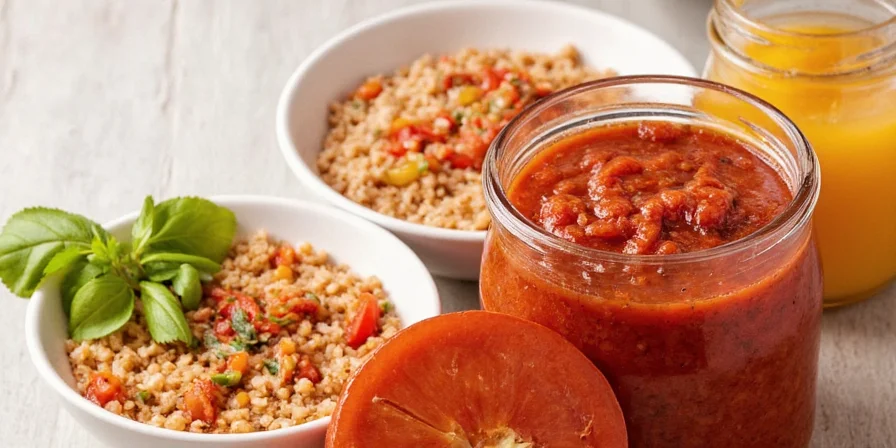
Creative Ways to Use Sofrito Beyond the Obvious
You know it goes in paella and stews — but what else can you do?
- Boost grain bowls: Stir into rice or quinoa for instant flavor lift.
- Upgrade scrambled eggs: Add a spoonful to the pan before scrambling.
- Marinade enhancer: Mix with herbs and use as a base for meats or vegetables.
- Dip hack: Blend with Greek yogurt or mayo for a quick sauce.
- Broth booster: Stir into soups or ramen for a Spanish twist.
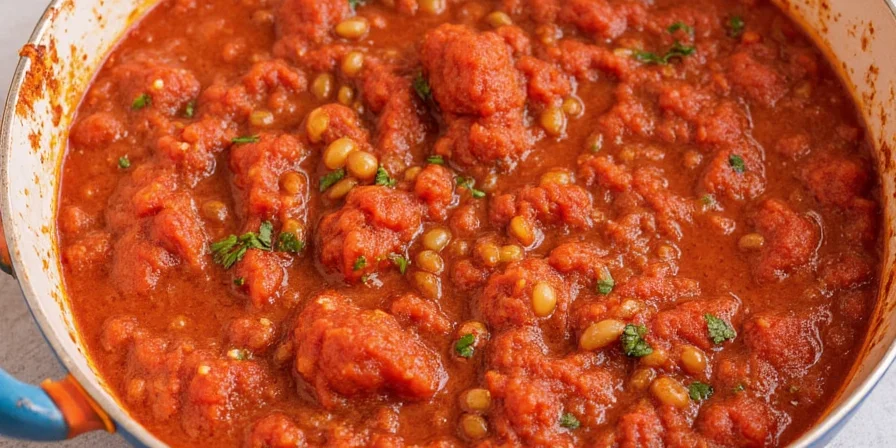
Common Mistakes and How to Avoid Them
Even pros make these missteps. Avoid them like a seasoned chef:
- Too hot, too fast: You’ll burn your garlic and end up with bitter notes.
- Overloading the pan: Crowding stops proper caramelization. Work in batches if necessary.
- Skipping salt: Salt helps draw out moisture and enhances sweetness. Don’t forget it!
- Using watery tomatoes: Opt for plum tomatoes or strain canned ones for a thicker base.
- Not adjusting acidity: If it tastes flat, a splash of vinegar can bring it back to life.

Conclusion: From Pan to Passport — Sofrito as a Global Spice Ambassador
At its heart, Spanish sofrito is more than just a cooking step — it’s a bridge between cultures, a flavor amplifier, and a kitchen essential. Whether you're whipping up a traditional paella valenciana or jazzing up your weekday stir-fry, sofrito brings depth, warmth, and a touch of soul.
So next time you’re chopping onions, take a moment to appreciate this ancient culinary wisdom. With just a few ingredients and a little love, you’ve got yourself a passport to global flavor adventures — all starting in your own kitchen.
Vamos a cocinar con amor y un poco de sofrito…

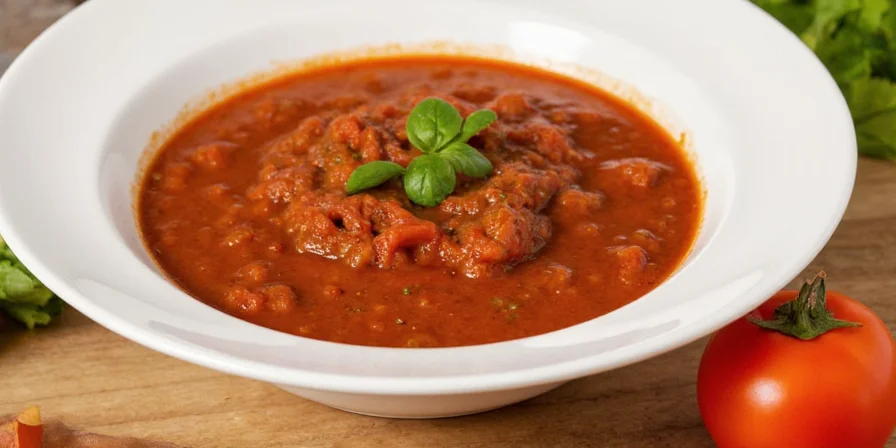









 浙公网安备
33010002000092号
浙公网安备
33010002000092号 浙B2-20120091-4
浙B2-20120091-4